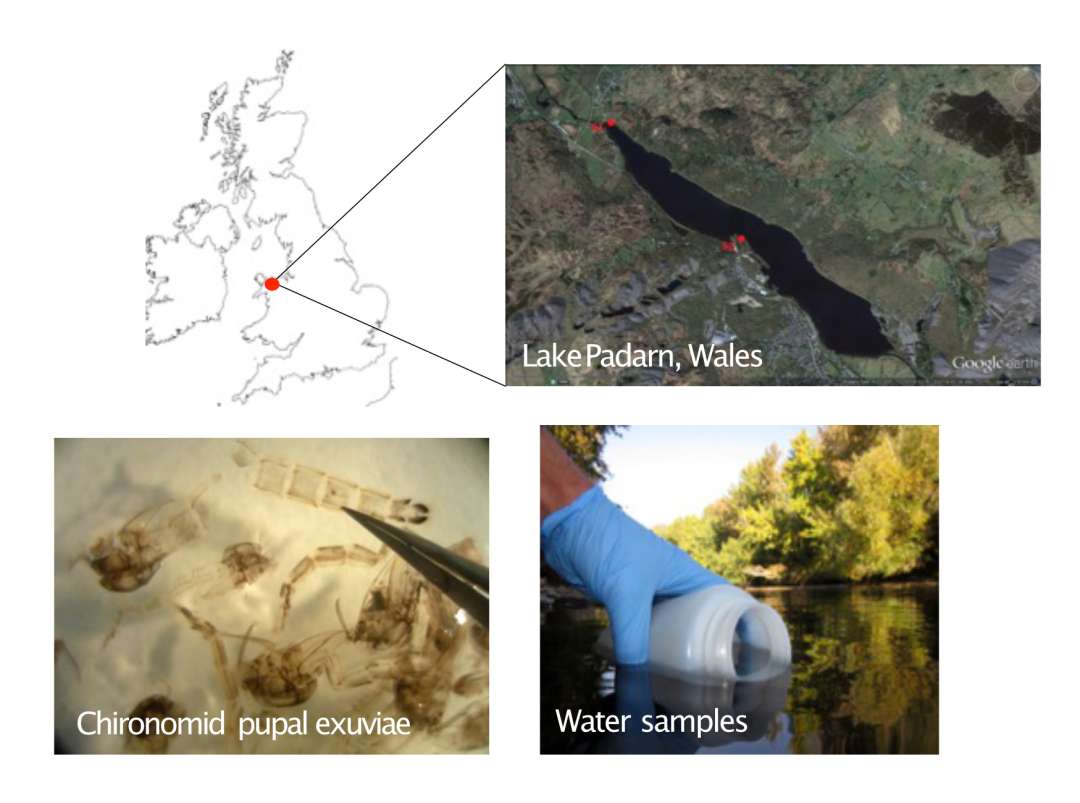Meta-OMICS
Research
DNA-based biodiversity monitoring
The use of DNA-based methods for species detection has revolutionised biodiversity monitoring offering increased speed and accuracy of detection, while reducing disturbance caused by specimen sampling. DNA extracted from environmental samples (eDNA) can be used for monitoring of different types of ecosystems, while co-extraction of multiple specimens (community samples) can also be used to reduce processing time and increase throughput.
Comparative genomics
In comparative genomics we use whole genome sequences of different species to perform comparisons of their genomic features. With the aid of bioinformatics tools we can study differences and similarities between species and illuminate their evolutionary history and mechanisms of adaptation to different environments. Some of the studied features are conserved genes and genomic regions, structural variants, novel genes etc. The recent advances in whole genome sequencing have provided a boost in comparative genomics studies. We are using comparative genomics to study the evolutionary history of different taxa, especially fish and other aquatic animals.


